
Roots
The quiet rustle of leaves, the gentle whisper of wind through ancient trees – these are the subtle cues of a world interconnected, a world where every action, no matter how small, sends ripples. Our textured strands, whether they coil tightly or undulate softly, are not merely adornments. They are biological wonders, deeply personal, yet surprisingly connected to the grand ecological rhythms of our planet. This exploration begins at the very source, seeking to understand the foundational elements of textured hair, recognizing its unique characteristics as a point of departure for a broader ecological conversation.
Consider the individual strand, a complex structure that speaks volumes about its origins and resilience. Each hair shaft, though appearing simple, is a marvel of biological engineering. At its core, the medulla, often absent in finer hair types, provides a central channel. Surrounding this is the cortex, a dense layer of keratin proteins that dictates the hair’s strength, elasticity, and its inherent curl pattern.
These keratin bundles, shaped differently in various textured hair types, give rise to the characteristic bends, twists, and coils. The outermost layer, the cuticle, resembles overlapping shingles on a roof, protecting the inner structure. In textured hair, these cuticle scales tend to be more lifted, contributing to a drier feel and a greater propensity for moisture loss, which in turn influences our care practices.
Our textured strands, deeply personal, are biological wonders surprisingly connected to the planet’s ecological rhythms.
The classifications of textured hair, often seen as a simple numerical system, reveal a deeper understanding of its diversity. From wavy (Type 2) to curly (Type 3) and coily (Type 4) hair, each sub-category (A, B, C) points to varying degrees of curl tightness and diameter. These distinctions are not just aesthetic; they inform the hair’s susceptibility to breakage, its moisture needs, and how it interacts with products and environmental factors.
A Type 4C coil, for instance, with its tight, Z-shaped pattern, possesses more cuticle lifts and fewer cuticle layers than a Type 2A wave, influencing its porosity and how it absorbs and retains moisture. This inherent architecture necessitates specific care approaches, which in turn, hold environmental implications.

What Constitutes the Unique Anatomy of Coiled Strands?
Understanding the very building blocks of textured hair is paramount. The follicle, nestled beneath the scalp’s surface, is where the journey of each strand begins. Its shape plays a significant role in determining the hair’s curl pattern. A perfectly round follicle produces straight hair, while an oval or elliptical follicle gives rise to wavy, curly, or coily strands.
The more flattened the ellipse, the tighter the curl. Within the follicle, specialized cells generate keratin, the protein that forms the hair shaft. As these cells multiply and push upwards, they keratinize, hardening and forming the strand we see. The hair’s growth cycle, encompassing anagen (growth), catagen (transition), and telogen (resting) phases, influences overall hair density and length, but the intrinsic characteristics of the fiber itself remain consistent.
The essential vocabulary surrounding textured hair care is more than mere jargon; it is a lexicon of understanding. Terms like Porosity, referring to the hair’s ability to absorb and retain moisture, are central. Low porosity hair, with tightly bound cuticles, resists water entry but retains moisture well once absorbed.
High porosity hair, with raised or damaged cuticles, absorbs water quickly but loses it just as rapidly. Knowing one’s hair porosity directly influences product choice and application methods, steering individuals toward formulations that genuinely serve their hair’s unique needs, reducing product waste and dissatisfaction.
- Hair Follicle Shape ❉ Dictates the curl pattern, with flatter follicles producing tighter coils.
- Keratin Bundles ❉ The arrangement and shape of these proteins within the cortex determine the hair’s strength and elasticity.
- Cuticle Layers ❉ Overlapping scales that protect the hair shaft; their condition affects porosity and moisture retention.
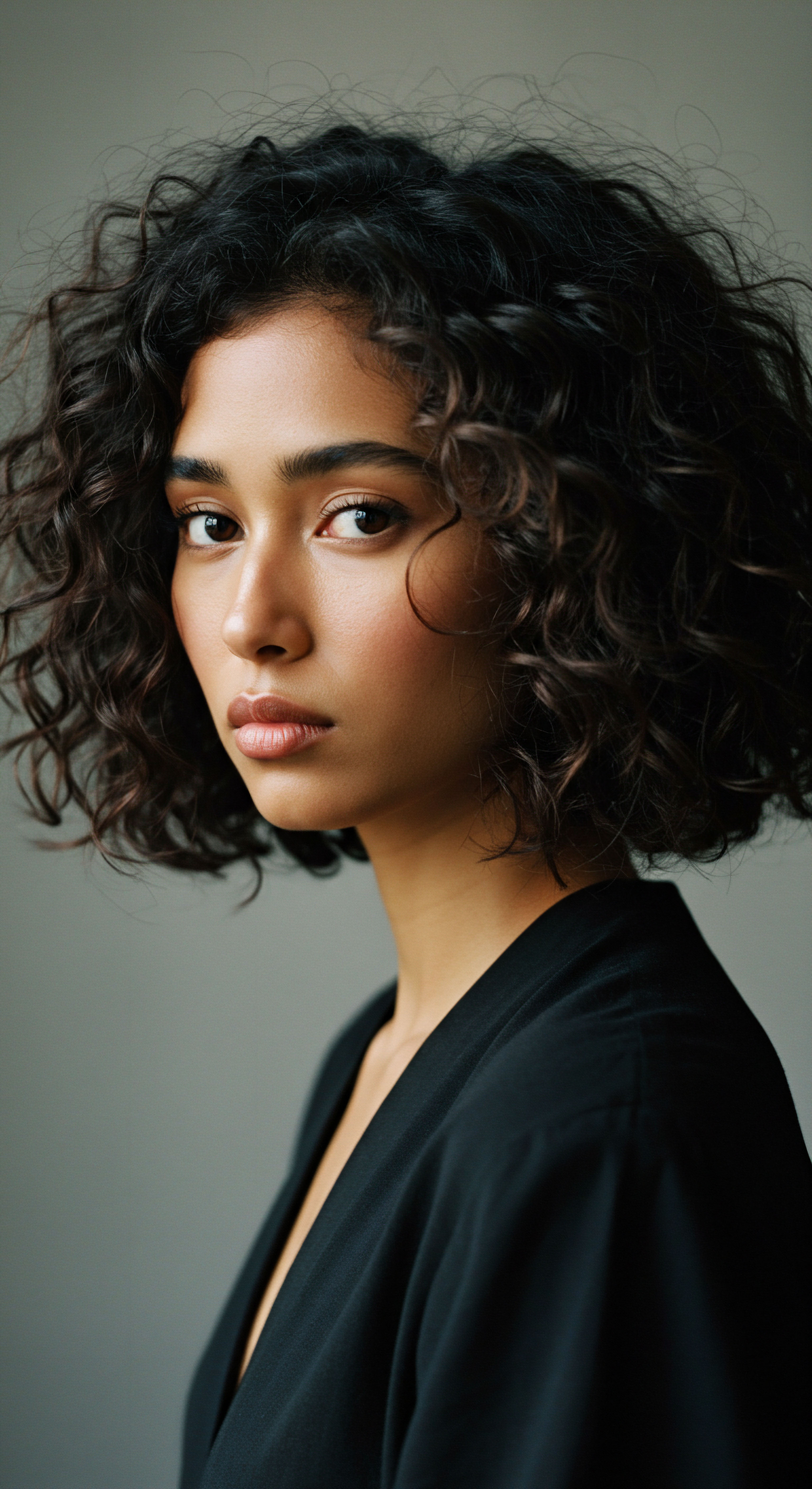
Ritual
The quiet hum of daily routines, the gentle rhythm of cleansing and conditioning, the deliberate artistry of styling – these are the rituals that define our connection to our textured strands. Moving beyond the fundamental understanding of hair’s structure, this section considers the practical wisdom embedded in our care practices and how these applied understandings might ripple outward, influencing the broader ecological landscape. Our choices in the shower, at the vanity, and in the selection of our tools, collectively shape a subtle yet persistent environmental footprint.
Consider the array of styling possibilities for textured hair, each technique demanding specific products and often, specific quantities of water or energy. Protective Styling, for instance, such as braids, twists, or cornrows, can significantly reduce daily manipulation and product application, potentially leading to less water usage over time and a reduction in product consumption. When strands are tucked away, shielded from environmental aggressors, the need for frequent washing and re-styling diminishes. This approach, while primarily serving hair health, also offers an ecological benefit by extending the period between wash days and reducing the overall volume of products rinsed down the drain.
Our daily hair care rituals, from cleansing to styling, hold a subtle yet persistent environmental footprint.

Do Styling Choices Impact Environmental Footprint?
The decision to opt for natural styling methods or definition techniques, like wash-and-gos, can also have varied environmental implications. While these styles celebrate the hair’s inherent texture, they often necessitate a greater volume of leave-in conditioners and styling gels to achieve desired definition and moisture retention. The environmental footprint then shifts from energy-intensive drying (often associated with heat styling) to the ingredient sourcing and packaging waste of these defining products.
The mastery of wigs and hair extensions, a significant aspect of textured hair culture, presents a unique set of considerations. While these options offer versatility and protection for natural hair, their production and disposal can carry substantial environmental weight. Synthetic extensions, frequently composed of non-biodegradable plastic fibers, contribute to landfill waste.
Human hair extensions, while natural, raise questions about ethical sourcing, supply chain transparency, and the environmental impact of processing and transportation. The conscious consumer seeks clarity in these areas, aiming to make choices that align with broader sustainability values.
| Styling Category Protective Styles (Braids, Twists) |
| Potential Environmental Benefit Reduced wash frequency, less daily product use. |
| Potential Environmental Concern Material sourcing of synthetic extensions. |
| Styling Category Natural Definition (Wash-and-Gos) |
| Potential Environmental Benefit Reduced heat styling energy. |
| Potential Environmental Concern Higher product volume per wash, packaging waste. |
| Styling Category Wigs and Extensions |
| Potential Environmental Benefit Less manipulation of natural hair. |
| Potential Environmental Concern Synthetic material disposal, human hair sourcing ethics. |
Heat styling and thermal reconditioning, while offering transformative results, demand a safety-first approach not only for the hair but also for the environment. The energy consumption of blow dryers, flat irons, and curling wands contributes to household electricity use, often sourced from non-renewable resources. Mindful use, such as air-drying hair partially before applying heat, or choosing heatless styling alternatives, can significantly diminish this energy burden. The complete textured hair toolkit, therefore, extends beyond the physical tools to encompass a mindful approach to their application, acknowledging the unseen energy consumption.

How Do Hair Care Tools Influence Ecological Footprints?
The tools we choose for our textured hair, from wide-tooth combs to specialized brushes, also play a role. While seemingly inert, their production, durability, and eventual disposal contribute to resource consumption and waste streams. Opting for durable, long-lasting tools crafted from sustainable materials, or those designed for repair rather than immediate replacement, reflects a commitment to minimizing ecological impact. The collective shift toward such conscious consumption patterns, repeated across countless individuals, can initiate a noticeable change.
- Water Conservation ❉ Shorter showers, co-washing, and targeted rinsing can reduce water usage.
- Energy Reduction ❉ Air-drying hair, minimizing heat tool use, or opting for heatless styles.
- Product Longevity ❉ Choosing concentrated formulas and using only what is necessary.
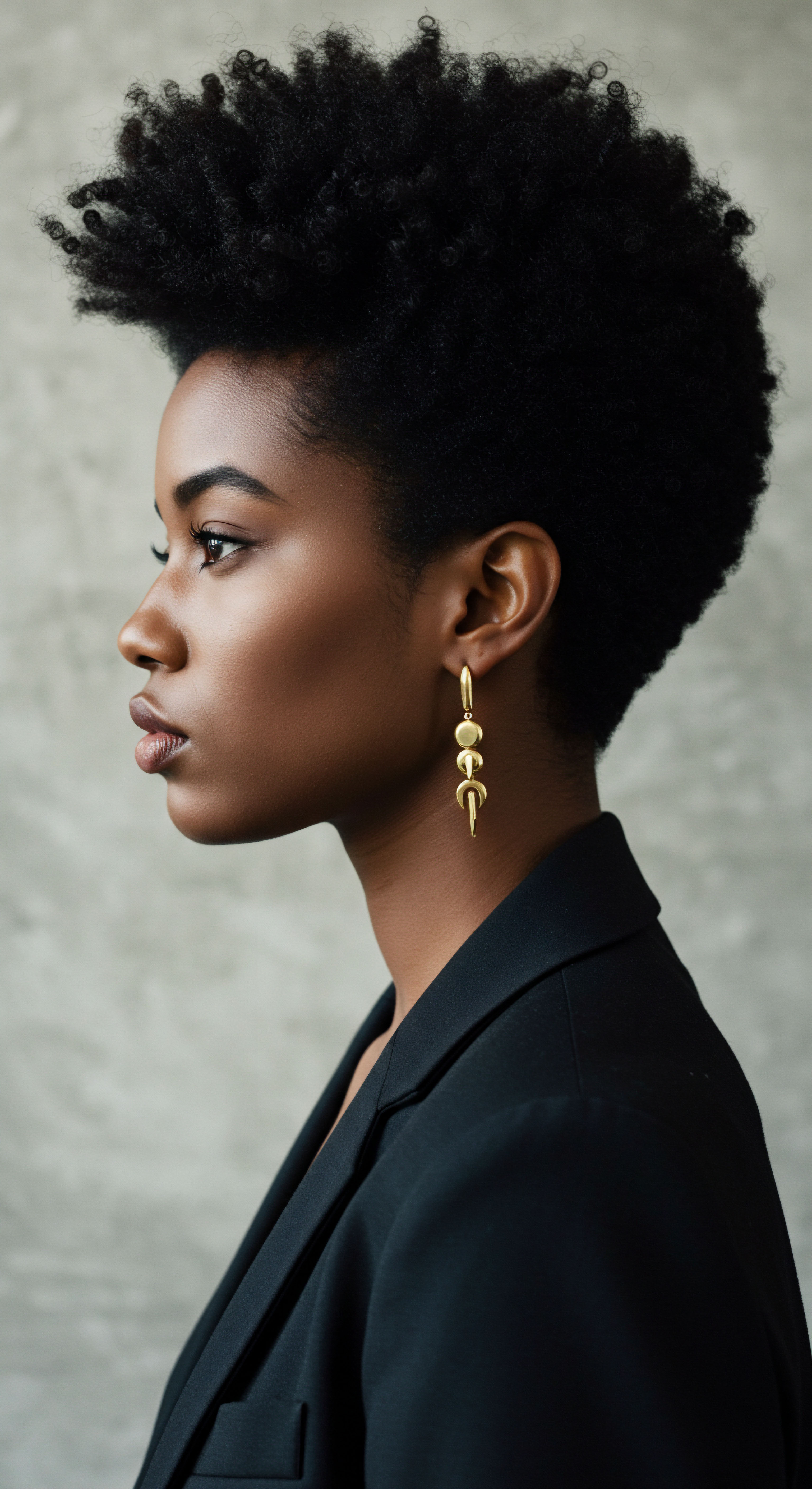
Relay
Beyond the visible actions of hair care, a deeper current flows, connecting our daily rituals to the intricate web of global ecological systems. This section seeks to untangle those less apparent complexities, drawing on research and data to illuminate how the choices we make for our textured strands send profound signals across industries and ecosystems. It is here that the scientific, cultural, and economic dimensions of hair care converge, revealing the potential for significant, collective ecological shifts.
Consider the ingredients that compose our shampoos, conditioners, and stylers. Many traditional formulations rely on petrochemical derivatives and synthetic polymers. When these products rinse down our drains, they enter waterways, often bypassing conventional wastewater treatment. A significant concern revolves around Microplastics, minuscule plastic particles (smaller than 5mm) intentionally added to many personal care products to provide slip, texture, or shine.
Research indicates that over 70% of surveyed personal care and cosmetic products contain at least one type of microbead, with polyethylene being common. The use of such products in a densely populated city was estimated to release over 37 billion microbeads per year into the environment via wastewater treatment plants. These non-biodegradable particles accumulate in aquatic environments, harming marine life and potentially entering the human food chain. This issue is not limited to solid microbeads; some liquid polymers also pose environmental challenges as they resist biodegradation.
Over 37 billion microbeads from personal care products may enter waterways annually from densely populated areas.
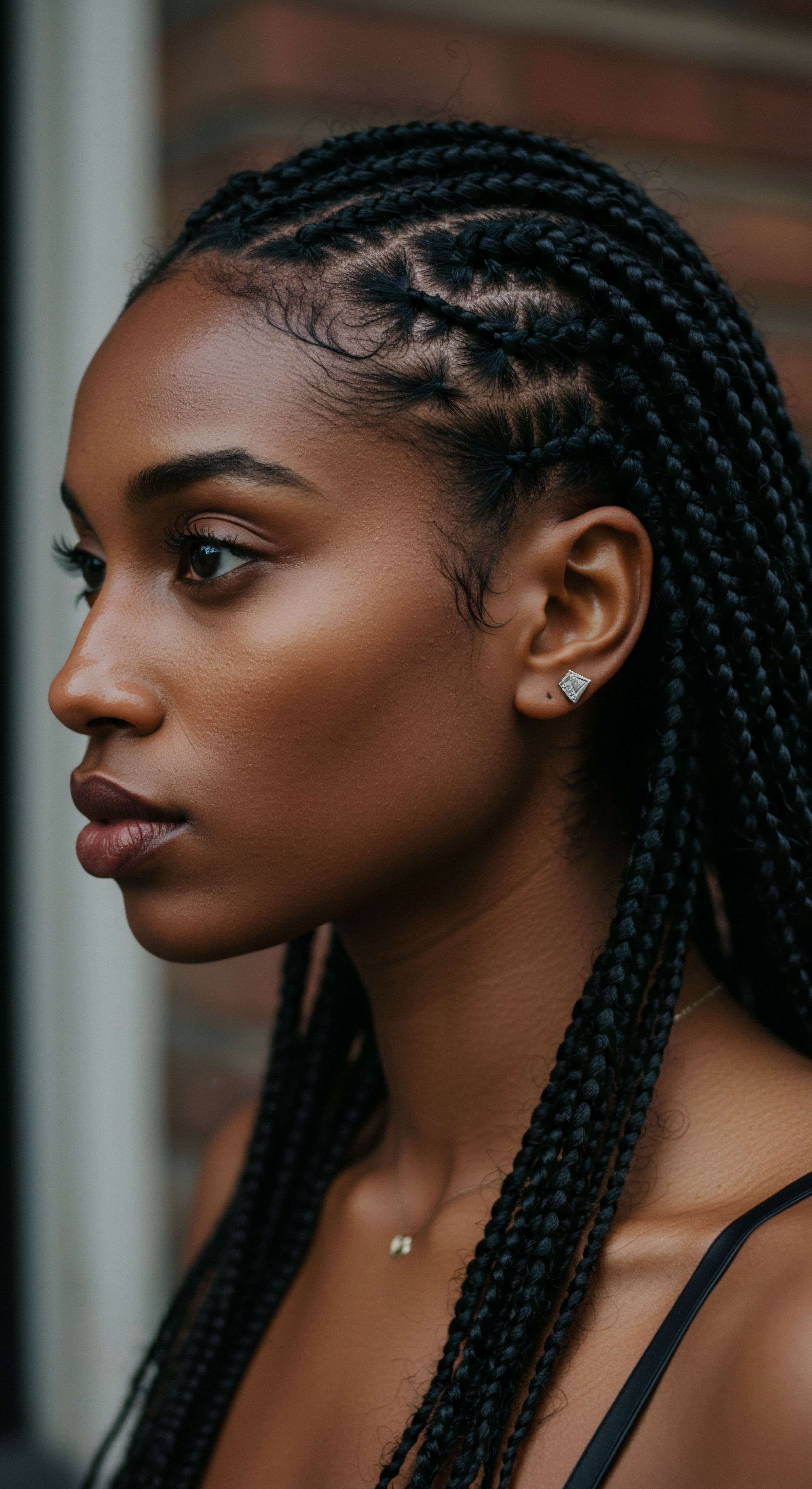
Can Ingredient Choices Drive Ecological Shifts?
The sourcing of raw materials presents another layer of complexity. Ingredients like shea butter, coconut oil, and palm oil, widely celebrated in textured hair care for their nourishing properties, carry their own environmental and social footprints. The increased demand for these natural components must be met with responsible, sustainable harvesting practices to prevent deforestation, habitat destruction, and exploitation of local communities. Certifications and transparent supply chains become vital tools for consumers seeking to align their purchasing power with ethical ecological practices.
Packaging waste, too, represents a colossal challenge. The beauty industry as a whole produces an astonishing volume of packaging, with reports indicating that packaging waste from the cosmetics industry, including hair care, accounts for over 70% of the sector’s total waste. Furthermore, the beauty industry is responsible for producing 120 billion packaging units each year, with only 8.7% of that plastic waste actually being recycled.
This overwhelming statistic highlights a critical area for change. The shift towards refillable containers, solid bars, and packaging made from recycled or truly biodegradable materials offers a tangible pathway to reducing landfill burden and ocean pollution.
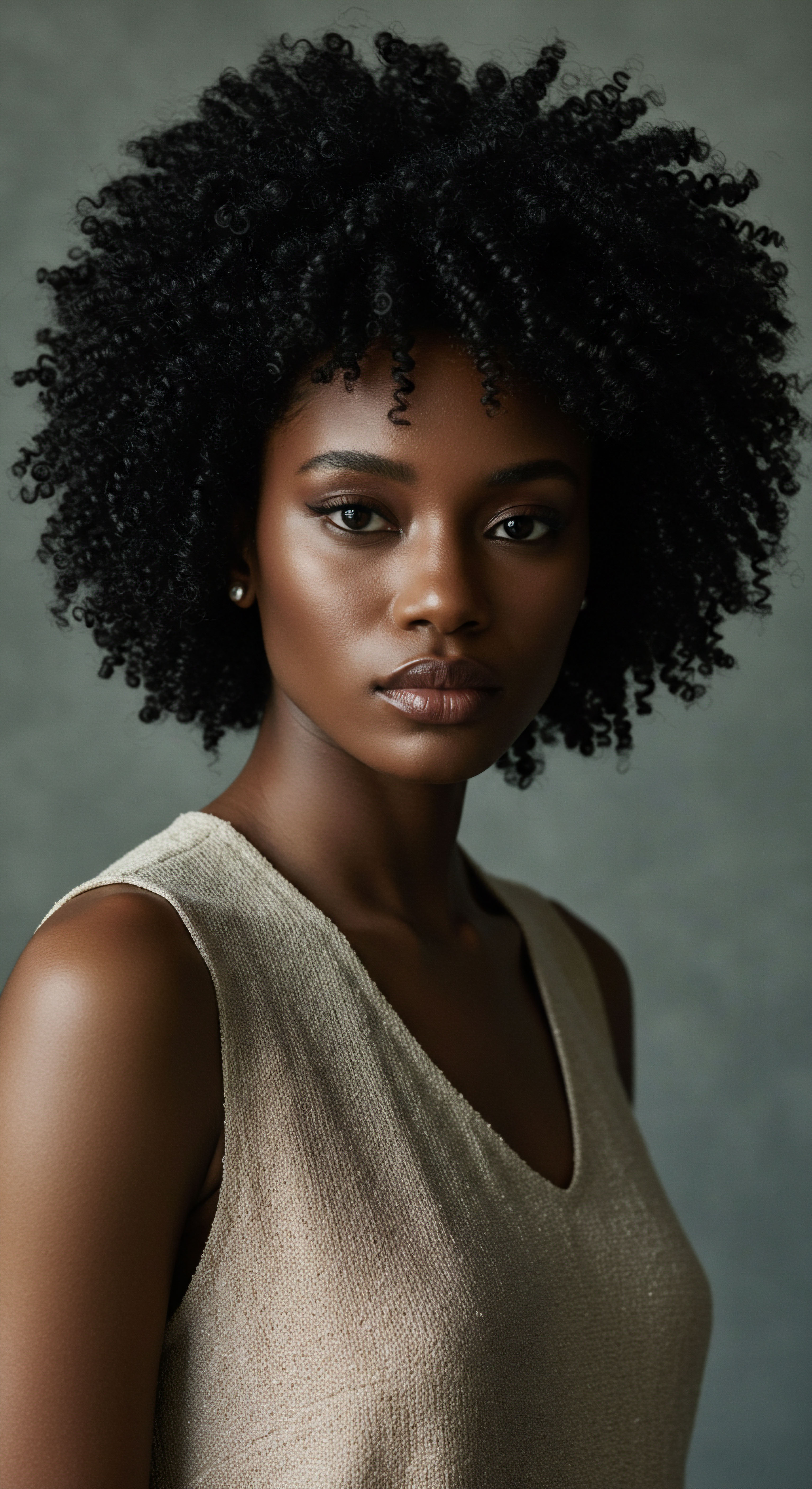
How Does the Lifecycle of Hair Products Affect Our Planet?
The lifecycle of hair products, from creation to disposal, is a continuum of environmental interactions. This includes the energy consumed in manufacturing, the carbon footprint of transportation across global supply chains, and the energy and water used during the consumer’s wash routine. For instance, studies on shampoo’s life cycle reveal that the “use phase” (showering habits, water consumption, water temperature) often represents the dominant environmental impact, particularly due to the energy required for heating water.
Calculations suggest that washing hair daily can consume about 14,222 liters of water and 1,252 kWh of energy annually, equating to a carbon footprint of 500 kg of carbon dioxide equivalents. This underscores that even seemingly small daily actions, when multiplied across a global population, contribute significantly to ecological pressures.
The rise of the “natural hair movement” and a growing awareness of holistic health have spurred a demand for formulations free from sulfates, parabens, and synthetic fragrances. This consumer-driven shift is compelling brands to reformulate, invest in green chemistry, and explore biodegradable alternatives for ingredients that once posed environmental risks. The choices made by individuals with textured hair, therefore, act as a powerful market signal, influencing research and development towards more sustainable product lines. This collective demand creates a ripple effect, encouraging the beauty industry to rethink its entire operational model, from sourcing to waste management.
| Impact Area Ingredients |
| Specific Concern Microplastic pollution, non-biodegradable polymers, harmful chemicals. |
| Pathway to Ecological Shift Formulation with biodegradable, plant-derived alternatives. |
| Impact Area Sourcing |
| Specific Concern Deforestation, habitat destruction, unethical labor for natural oils. |
| Pathway to Ecological Shift Certified sustainable sourcing, fair trade practices. |
| Impact Area Packaging |
| Specific Concern Plastic waste, low recycling rates, non-recyclable materials. |
| Pathway to Ecological Shift Refill systems, solid products, recycled/biodegradable packaging. |
| Impact Area Consumer Use |
| Specific Concern High water and energy consumption for washing/styling. |
| Pathway to Ecological Shift Water-saving techniques, air-drying, efficient tools. |
The ecological shifts driven by textured hair care practices are not solely about avoiding harm; they are also about contributing positively. Supporting brands committed to circular economy models, where waste is minimized and resources are kept in use, strengthens a more regenerative approach to consumption. When consumers prioritize longevity of products, mindful water use, and demand transparency in ingredient lists, they participate in a grander relay race for planetary well-being.
- Microplastic Mitigation ❉ Opting for products free of polyethylene, dimethicone, and other synthetic polymers that persist in waterways.
- Conscious Consumption ❉ Choosing concentrated formulas and refill options to lessen packaging waste.
- Water Wisdom ❉ Practicing water-efficient wash routines and reducing hot water usage.
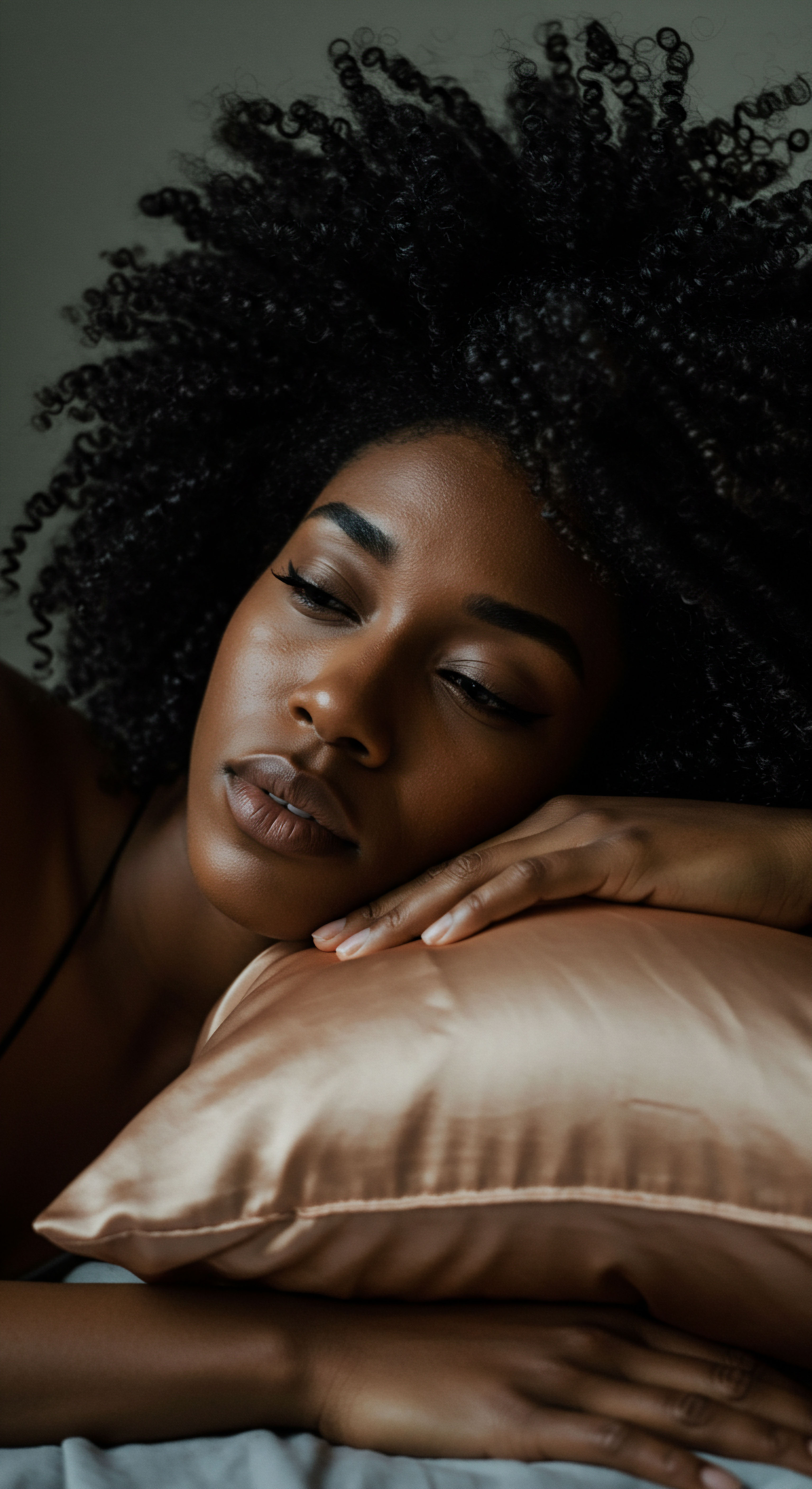
Reflection
The journey through the intricate world of textured hair care, from its foundational anatomy to its far-reaching ecological implications, reveals a profound truth ❉ our personal choices, when amplified by a collective consciousness, possess the power to shape the very environment around us. The strands that crown our heads are more than just hair; they are conduits of cultural heritage, personal expression, and, indeed, environmental responsibility. As we continue to understand the delicate balance between our beauty rituals and the health of our planet, the path forward becomes clearer. It is a path marked by informed decisions, a deepening respect for the resources we share, and a gentle, yet firm, commitment to nurturing both our individual crowns and the grand, vibrant ecosystem that sustains us all.
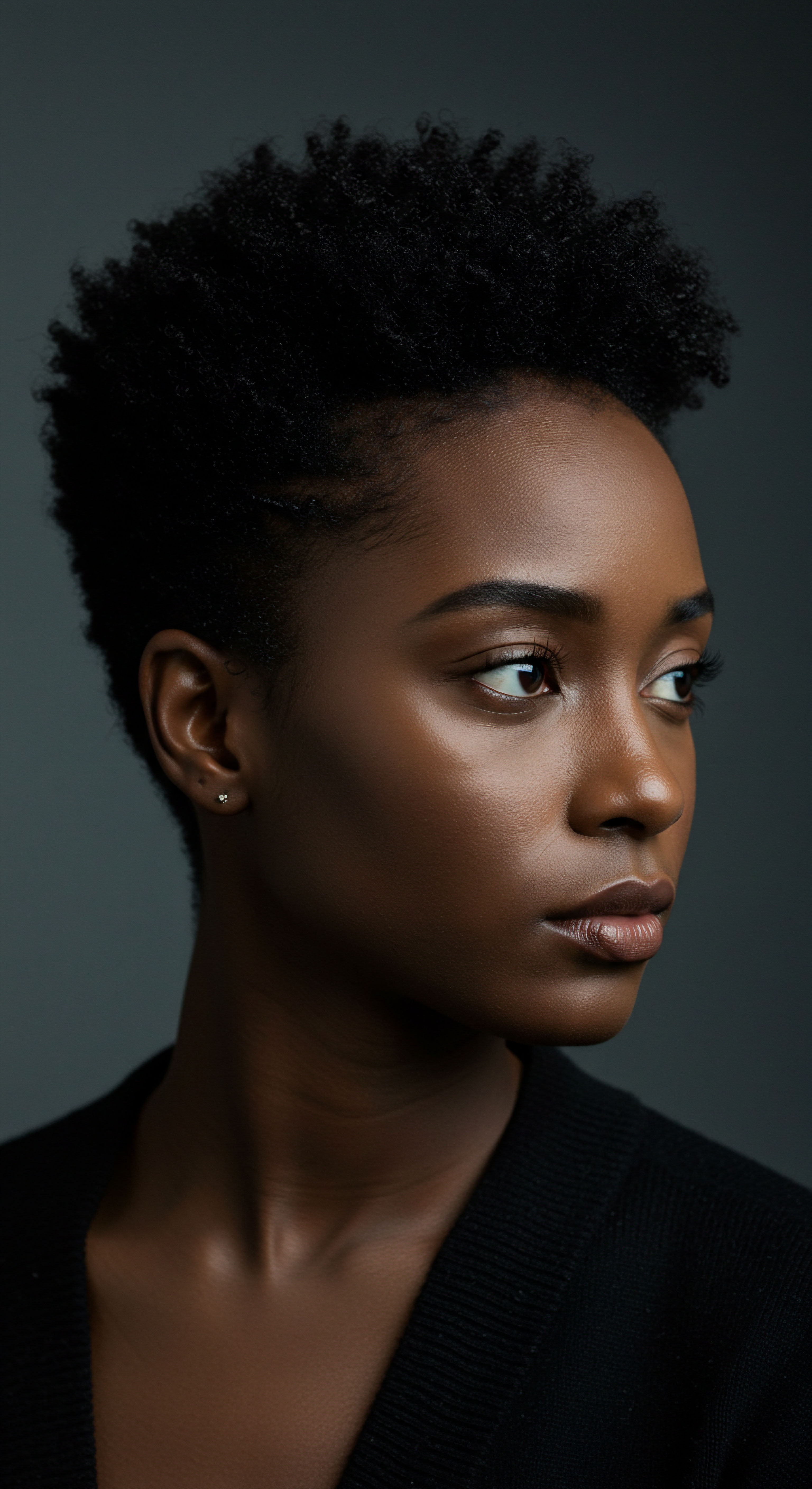
References
- Jung, N. (2023). Hair care product chemicals can linger in the air in surprising amounts. Environmental Science & Technology, Purdue University.
- Luengo, G. S. Leonforte, F. Greaves, A. Rubio, R. G. & Guzman, E. (2023). Physico-chemical challenges on the self-assembly of natural and bio-based ingredients on hair surfaces ❉ towards sustainable haircare formulations. RSC Advances .
- Market Data Forecast. (2024). Hair Care Market Size, Share, Growth, Trend & Analysis 2033.
- The Environmental Impact of Shampoo Conditioner Ingredients. (2024). The Daily Wellness Journal .
- The Truth About Microplastics in Hair Products (and How to Avoid Them). (2025). CleanHub’s Blog .
- Frontiers. (2023). Natural Ingredients, Food and Food By-Products in Hair And Skin Care ❉ Production, Effectiveness and Environmental Impact Evaluation. Frontiers in Nutrition .
- Humbel, S. & Bütikofer, M. (2021). Life Cycle Assessment of a Plant-Based, Regionally Marketed Shampoo and Analysis of Refill Options. Sustainability, 13(15), 8478.
- Holistic Hair. (n.d.). Ingredient Sourcing.
- Sustainable & Social. (2019). A Beauty Life Cycle Assessment.
- ResearchGate. (2025). Life Cycle Assessment of a Plant-Based, Regionally Marketed Shampoo and Analysis of Refill Options.
- Ajayi, O. M. et al. (2024). Sustainable Sourcing of Organic Skincare Ingredients ❉ A Critical Analysis of Ethical Concerns and Environmental Implications. Asian Journal of Advanced Research and Reports, 18(1), 65-91.
- Refinery29. (2019). 7 Ways I’ve Made My Hair Routine Eco-Friendly (& How You Can Too).
- TechSci Research. (2023). Natural Hair Care Products Market Size and Trends 2028.
- ResearchGate. (n.d.). Current research trends on cosmetic microplastic pollution and its impacts on the ecosystem ❉ A review.
- Markets and Data. (2023). Shampoo Market – Industry Trends and Forecast to 2031.
- European Commission. (n.d.). PRELIMINARY RESULTS FROM THE TECHNICAL ANALYSIS.
- Simmonds, R. M. (2020). The Impact of Berrien Springs Water Types on Multiethnic Hair Textures. Digital Commons @ Andrews University .
- Cheung, L. M. Y. et al. (2021). Personal Care and Cosmetic Products as a Potential Source of Environmental Contamination by Microplastics in a Densely Populated Asian City. Frontiers in Environmental Science, 9, 686770.
- Mazzon, L. et al. (2022). Microplastics in Cosmetics ❉ Open Questions and Sustainable Opportunities. Cosmetics, 9(4), 85.
- Purdue University. (2023). Study ❉ hair care product chemicals can linger in the air in surprising amounts. EurekAlert! .